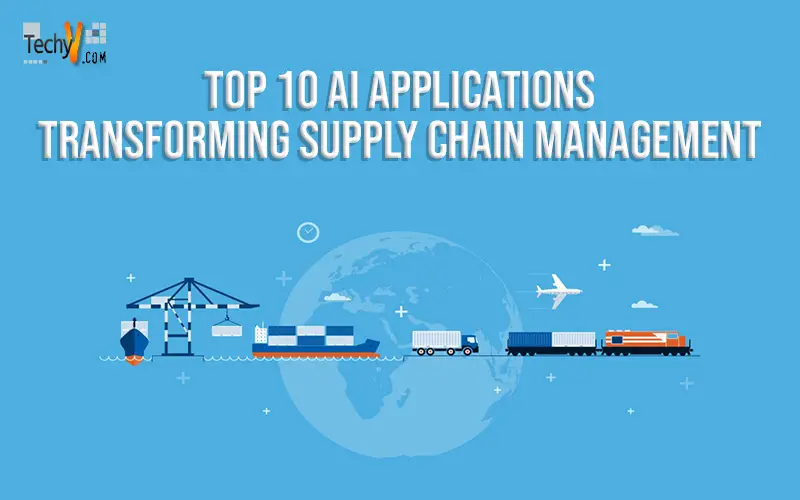A supply chain is a network that connects corporate activities, making it one of the most crucial parts of any corporation. The 2020 pandemic and other geopolitical crises have illustrated how poor supply networks may bring entire enterprises down. Several firms invest in digital technology to simplify their supply chain procedures and remain competitive. Artificial intelligence (AI) is one of those solutions advancing practically every sector and department, including the supply chain. But, despite their efforts, supply chain executives have yet to be able to fully leverage the power of AI in the industry, according to a BCG poll. They discovered that the problem is not with the technology but with where and how it is used.
1. Demand Forecasting
Companies are operating in an unusually fast-paced business environment after the epidemic. Consumer habits and expectations are rapidly changing, and competition is heating up as more organizations implement streamlined supply chain methods and cloud-connected corporate networks. Forecasting demand is critical in the supply chain because it informs essential operational operations such as demand-driven material resource planning (DDMRP), inbound logistics, production, financial planning, and risk assessment. At its finest, demand forecasting combines qualitative and quantitative forecasting, which rely on the ability to derive insights from several data sources across the supply chain. External qualitative data sources include news stories, cultural and social media trends, and competitor and market research. Internally derived data, such as consumer comments and preferences, provide an accurate forecasting picture. Quantitative data is often obtained internally and can be derived from sales figures, peak shopping periods, and Web and search analytics. Modern technologies use advanced analytics, powerful databases, artificial intelligence (AI), and machine learning to evaluate and handle large, complicated data sets. Supply chain managers can give ever-increasing levels of accuracy and resilience when current technology is used for qualitative and quantitative forecasting and predictive analytics.

2. Supplier Risk Management
You may free up resources from the tedious and ineffective task of assessing supplier performance with AI-driven supplier risk management. Incorporate intelligent technologies to obtain a 360-degree picture of the suppliers and comprehensive information into Vendor Performance variables. Businesses and organizations can construct AI- and ML-based models depending on their risk assessment infrastructure. The model can extract deeper insights on real-time data from many sources (such as social, news, and media) around the clock in as many categories as you like. AI can reduce noise and relevance-based normalization using data science approaches to deliver valuable insights. It creates a risk score/index for suppliers based on the most relevant and useful facts from the significant big data pool. These risk scores notify the company of any prospective supplier problems.
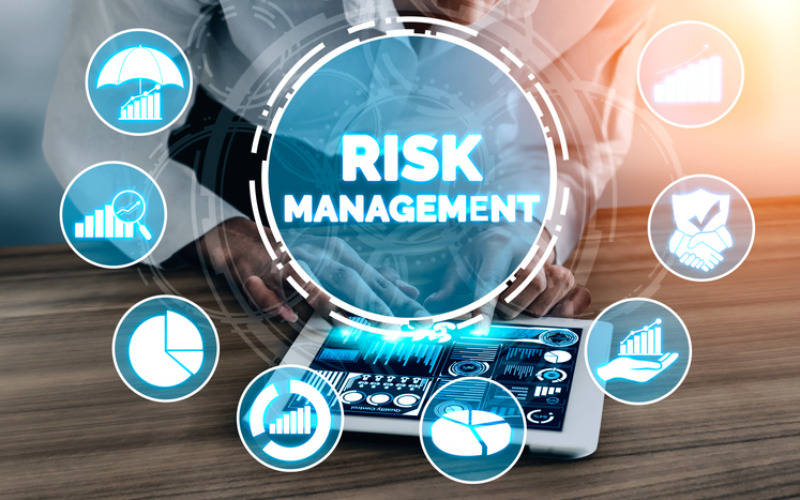
3. Warehouse Automation
AI is a new technology that combines effortlessly with other developing technologies to update procedures and improve warehouse operations. Computer vision aids in load and unloads automation, lowering handling costs and damage by decreasing individual handling. AI systems will use past data to optimize inventory management and distribution and identify chances for increased efficiency. AI would use the data to estimate correct demand and automate processes and procedures. It is primarily a partial integration of AI, and human knowledge would still be required to manage and monitor the entire system, most likely for mistake detection and preventative actions. A high-performing algorithm is expected to be constructed if a large amount of data is collected. More significant cost reductions and efficiency are unavoidable if the integrated technology increases performance.
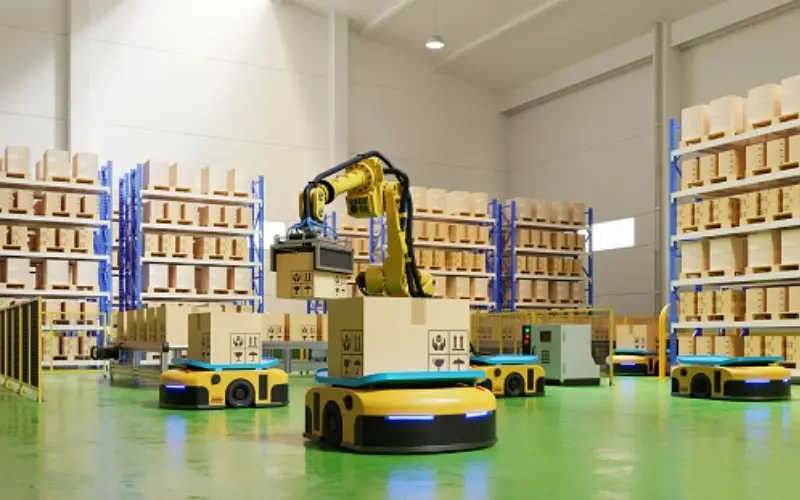
4. Fraud Prevention
AI-powered fraud detection systems may analyze large amounts of information from numerous sources, including transactions, invoices, and contracts, to identify probable fraud and other financial crimes in the supply chain. These technologies can help businesses decrease financial losses and safeguard their brand by recognizing and blocking fraudulent behaviour. AI systems may also monitor supplier behaviour for strange invoicing trends, pricing adjustments, or delivery to unexpected areas. Companies may take remedial action and decrease the risk of financial loss by spotting suspected fraud in the supply chain. Applying artificial intelligence in fraud prevention may help organizations enhance supply chain efficiency, save money, and lower the risk of financial fraud, transforming supply chain management.

5. Real-Time Visibility To Enhance Client Experience
One AI application that alters supply chain management is real-time visibility to improve customer experience. Artificial intelligence-provides the time visibility systems that may track shipments in real-time and offer customers accurate and up-to-date details regarding the current state of their orders, including shipping date, time, location, and any delays or issues that may arise. This data is accessible to consumers through various methods, including smartphone platforms, Text messages, and email reminders. Businesses may improve customer experience and pleasure by increasing transparency, reducing ambiguity, and empowering customers to make educated purchasing decisions by providing real-time knowledge. Besides that, essential information may help companies enhance supply chain operations by identifying areas for improvement, such as bottlenecks or inefficiencies, and executing real-time adjustments to improve efficiency and delivery times. Using artificial intelligence in real-time visibility to improve customer experience may help firms differentiate themselves in the market, increase customer loyalty, and improve supply chain efficiency, making it a transformative application in supply chain management.

6. Effective Inventory Management
Accurate inventory management may ensure the proper flow of commodities into and out of a warehouse. It can aid in preventing overstocking, insufficient stocking, and unexpected stock-outs. Yet, the inventory management process incorporates several inventory-related factors (order processing, selecting, and packaging), making the process both time-consuming and error-prone. It is where AI-driven supply chain planning solutions are helpful with their capacity to manage large amounts of data. These clever algorithms can quickly examine and comprehend massive datasets, providing real-time supply and demand forecasting predictions. Some AI systems are so sophisticated that they can anticipate and find new consumer patterns and seasonal forecast demand. This degree of artificial intelligence application can assist in forecasting future client demand trends while limiting the expenditures of overstocking undesired goods.

7. On-Time Delivery
AI technologies can help decrease the dependency on physical labour, making the entire process smoother, safer, and brighter. It facilitates prompt delivery to the customer following the agreement. Traditional warehouse operations are accelerated by automated technologies, which remove operational bottlenecks in the value chain with minimal effort to meet delivery objectives.
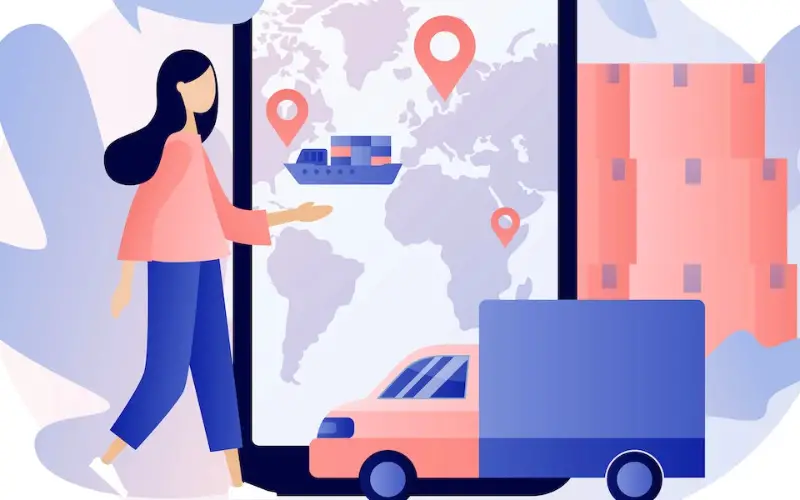
8. Decision-Making With Intelligence
Artificial intelligence-powered supply chain optimization software augments important decisions by making cognitive forecasts and proposing best practices. It has the potential to improve overall supply chain performance. It discloses potential ramifications regarding time, cost, and income across multiple situations. Additionally, it improves on these recommendations when relative conditions change by continually learning over time.

9. Predictive Maintenance
Heavy warehouse equipment, such as forklifts and cardboard balers, needs routine maintenance to ensure safety and productivity. However, it may cause downtime and disrupt corporate operations. AI can create algorithms that forecast the likelihood of equipment failure and then calculate the requirement for an ideal timing for maintenance and service. Businesses can improve productivity and safety standards by performing maintenance just when necessary instead of regular maintenance.
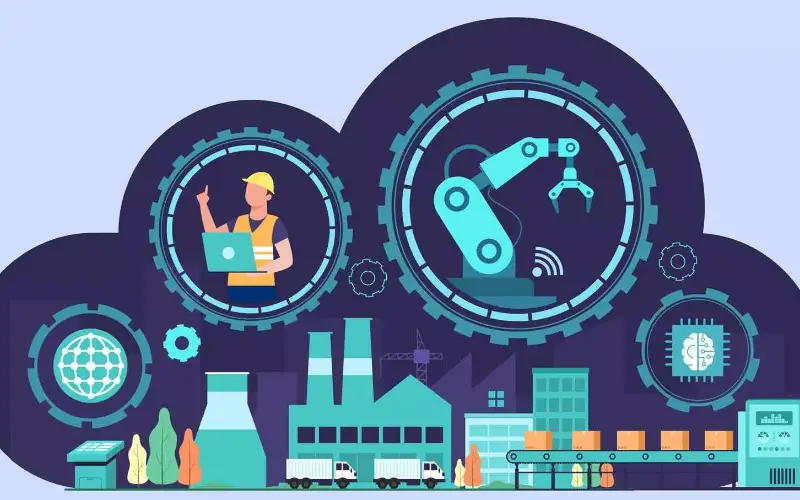
10. Logistics For Greener Transportation
To reduce the number of kilometres travelled, AI-powered technologies can assist in optimizing transportation routes by considering factors such as traffic, road closures, and weather. DHL, for example, employs artificial intelligence to optimize truck routes and minimize fuel use, resulting in fewer emissions and increased sustainability.




